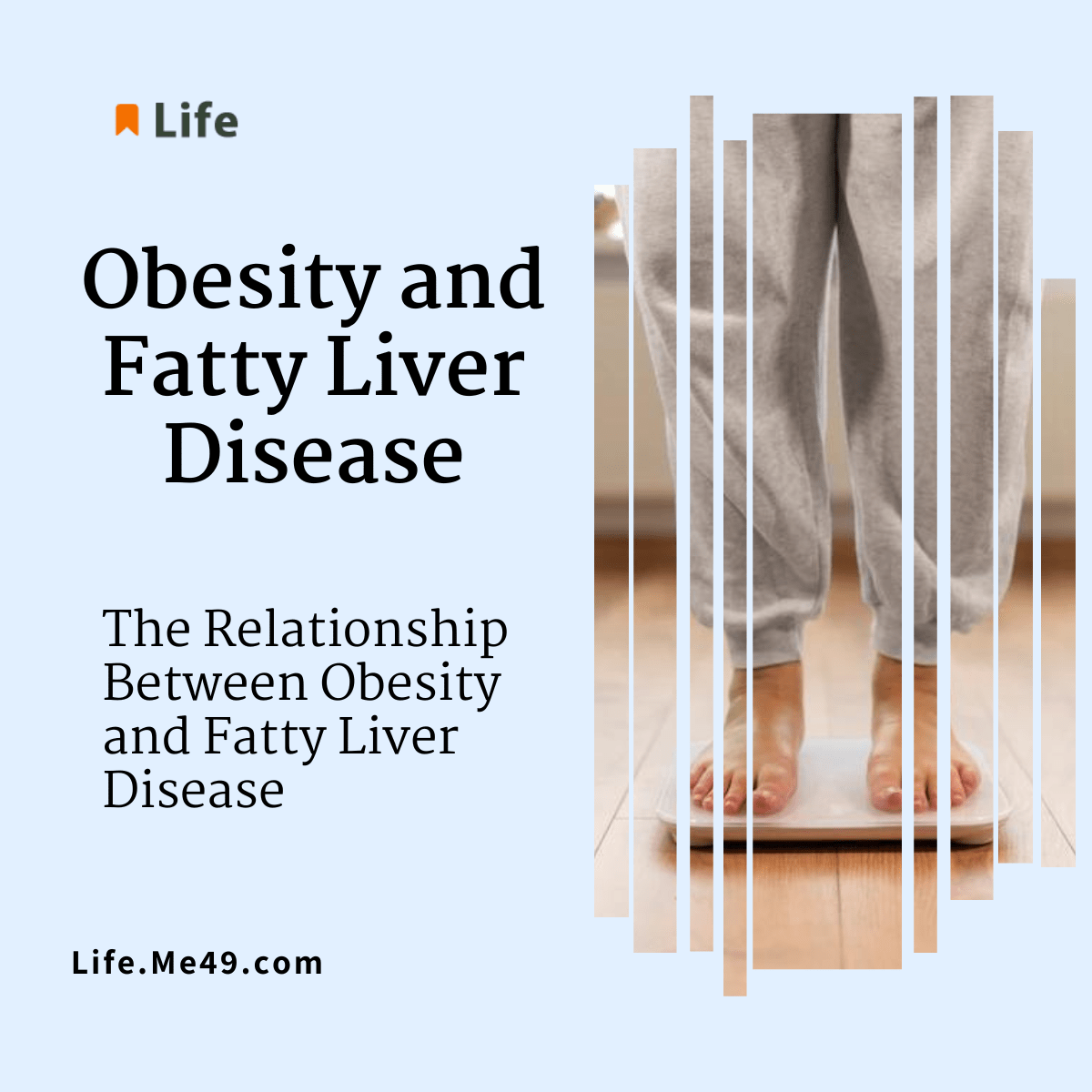The Relationship Between Obesity and Fatty Liver Disease
Explore the intricate connection between obesity and fatty liver disease in this informative article.
Learn how excess weight can impact your liver health and discover essential tips for prevention and management.
Introduction
In today’s fast-paced world, obesity has become a significant health concern, affecting millions of people worldwide.
While most are aware of the physical and emotional toll of obesity, what often goes unnoticed is the intricate relationship between obesity and fatty liver disease.
This article aims to shed light on this hidden connection, providing valuable insights into how excess weight can adversely affect liver health.
Understanding Fatty Liver Disease
Fatty liver disease, also known as hepatic steatosis, is a condition characterized by the accumulation of fat in the liver cells.
This buildup of fat can impair liver function and lead to various complications.
It is broadly categorized into two types: alcoholic fatty liver disease (AFLD) and non-alcoholic fatty liver disease (NAFLD).
Alcoholic Fatty Liver Disease (AFLD)
Alcoholic fatty liver disease occurs due to excessive alcohol consumption, which can overwhelm the liver’s ability to metabolize alcohol effectively.
Over time, this leads to fat accumulation in liver cells and can progress to more severe conditions like alcoholic hepatitis and cirrhosis.
Non-Alcoholic Fatty Liver Disease (NAFLD)
Non-alcoholic fatty liver disease, on the other hand, is not related to alcohol consumption.
Instead, it is primarily associated with metabolic factors such as obesity, insulin resistance, and high blood sugar levels. NAFLD is becoming increasingly prevalent and is often considered the hepatic manifestation of metabolic syndrome.
The Relationship Between Obesity and Fatty Liver Disease
Now, let’s delve into the intricate connection between obesity and fatty liver disease:
Obesity as a Major Risk Factor
Obesity is a leading risk factor for the development and progression of NAFLD.
The excess fat in the body, particularly around the abdomen, releases fatty acids into the bloodstream.
These fatty acids are then taken up by the liver, leading to fat accumulation and inflammation.
Insulin Resistance
Obesity often accompanies insulin resistance, where the body’s cells do not respond effectively to insulin.
Insulin resistance can contribute to NAFLD by promoting fat accumulation in the liver and increasing the risk of inflammation.
Inflammation
Obesity triggers a chronic state of inflammation in the body, which can extend to the liver.
Inflammation in the liver is a key driver of NAFLD progression, leading to more severe conditions like non-alcoholic steatohepatitis (NASH) and fibrosis.
Oxidative Stress
The excess fat in the liver can lead to oxidative stress, causing damage to liver cells.
Oxidative stress is closely linked to the progression of NAFLD and can exacerbate liver damage.
Impact on Liver Function
As NAFLD progresses, it can impair liver function, leading to complications such as cirrhosis and even liver failure.
This underscores the critical importance of addressing obesity to protect liver health.
Preventing and Managing Fatty Liver Disease in the Context of Obesity
Now that we’ve explored the relationship between obesity and fatty liver disease, let’s discuss preventive measures and strategies for managing this condition:
1 – Weight Management
Maintaining a healthy weight through a balanced diet and regular physical activity is crucial for preventing and managing fatty liver disease. Even modest weight loss can lead to significant improvements in liver health.
2 – Healthy Diet
A diet rich in fruits, vegetables, whole grains, lean proteins, and healthy fats can help reduce the risk of NAFLD. Limiting sugar and saturated fat intake is also essential.
3 – Regular Exercise
Physical activity not only aids in weight management but also improves insulin sensitivity and reduces liver fat. Aim for at least 150 minutes of moderate-intensity exercise per week.
4 – Monitoring and Treatment
Individuals with obesity should undergo regular medical check-ups to monitor liver health. In cases where NAFLD is detected, early intervention and treatment are crucial to prevent disease progression.
FAQs
Can fatty liver disease occur in individuals who are not obese?
Yes, while obesity is a significant risk factor, fatty liver disease can also affect individuals with normal body weight, especially those with other metabolic risk factors.
Is fatty liver disease reversible?
Yes, in its early stages, fatty liver disease is reversible through lifestyle modifications, including weight loss, diet changes, and increased physical activity.
Are there any medications for fatty liver disease?
Currently, there are no specific medications approved for the treatment of fatty liver disease. Lifestyle changes remain the primary approach.
Can fatty liver disease lead to liver cancer?
In some cases, untreated advanced fatty liver disease, especially NASH, can increase the risk of liver cancer. Regular monitoring and early intervention are crucial.
Is alcohol consumption safe for individuals with fatty liver disease?
Individuals with fatty liver disease, especially AFLD, should avoid alcohol completely, as it can worsen liver damage.
How can I know if I have fatty liver disease?
Fatty liver disease often has no symptoms in its early stages. Diagnosis is typically made through blood tests, imaging studies, or liver biopsy.
Conclusion
The relationship between obesity and fatty liver disease is a complex one, with obesity serving as a significant risk factor for the development and progression of this condition.
It is essential for individuals struggling with obesity to recognize the potential impact on their liver health and take proactive steps to prevent and manage fatty liver disease.
Through weight management, a healthy lifestyle, and regular medical check-ups, it is possible to mitigate the risks associated with this hidden but critical connection.








